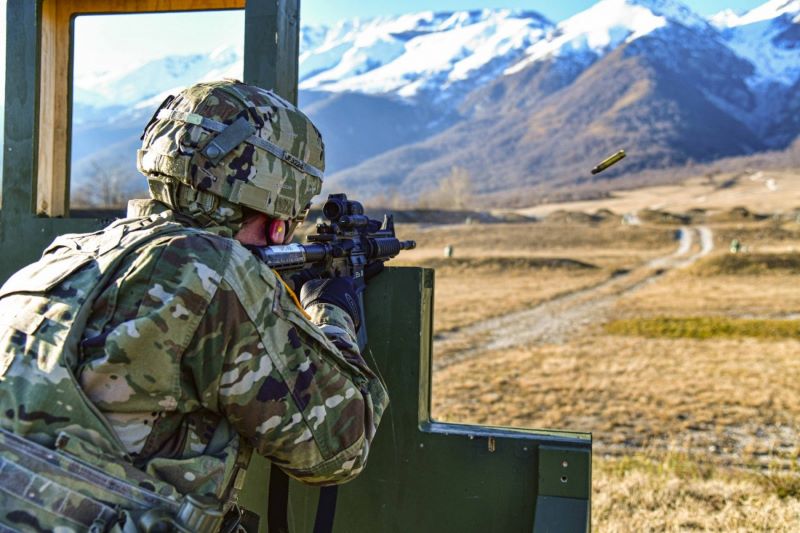On November 7, the U.S. Air Force (USAF) posted a request for information (RFI) for Transformational Model – Battle Management (TM-BM). Responses are due by 5:00 p.m. Eastern on December 31.
The Secretary of the Air Force has designated the achievement of operationally-optimized Advanced Battle Management System (ABMS)—the DAF’s contribution to Joint All-Domain Command and Control (JADC2)—as an operational imperative. DoD leadership continues to emphasize the importance of applying modern Systems Engineering principles to capability development, including the use of digital engineering environments and collaborative applications, as well as mission engineering approaches to requirements development. As an element of the Rules-based Approach to Performance Delivery, the ABMS CFT is applying Model-Based Systems Engineering (MBSE) best-practices to develop functional models of C2 concepts using Systems Modeling Language (SysML). The first such model in development is the Transformational Model – Battle Management (TM-BM).
Effective synchronization of JADC2 capability development across nations, departments, and services, requires a common mental model of complex concepts. Battle Management is one such concept that is often subject to conflations and divergent conceptions. In Department of Defense Architecture Framework (DoDAF) artifacts, activity models, and swim-lane diagrams, Battle Management functions are often opaque activities with little if any internally defined structure, or they represent bespoke processes that are unscalable. The TM-BM aims to illuminate the enduring and all-domain nature of Battle Management by establishing a precise boundary around Battle Management, i.e., distinguishing it from other related and adjacent decision-making concepts, and by defining Battle Management through decomposition into functions and subfunctions. To do the work necessary for achieving the goals of JADC2, this model must be able to:
- Provide an unambiguous, quantitative, and robust definition and conceptual description of Battle Management for all stake holders to share and work from. That conceptual description must provide insight on the ability to distribute and/or federate Battle Management functions to achieve effectiveness, resilience, capacity, and efficiency.
- Provide a means to categorize and evaluate systems (materiel and non-materiel) and system elements in terms of their performance of specific Battle Management functions.
- Convey robust, traceable, quantitative requirements for Battle Management functional and supporting architectures (i.e., materiel and non-materiel systems-of-systems solutions) and provide quantitative measures of performance of Battle Management functions within a common contextual (or “pacing”) scenario. (The Pacing Scenario is being developed in collaboration with Joint and Mission Partners, and it will be promulgated for review in a separate forum). The TM-BM must provide a quantitative means to compare different architectures and their performance of Battle Management functions within that contextual scenario.
In partnership with the Department of the Navy and our Allied Partners, the DAF ABMS CFT seeks to understand and improve the ability of the model to accomplish the above with inputs from Industry Partners. This RFI represents an opportunity in incorporate the voices of developers in the MBSE foundation that will generate the requirements for JADC2 solutions.
Review the full USAF TM-BM RFI.
Source: SAM
IC News brings you business opportunities like this one each week. If you find value in our work, please consider supporting IC News with a subscription.









